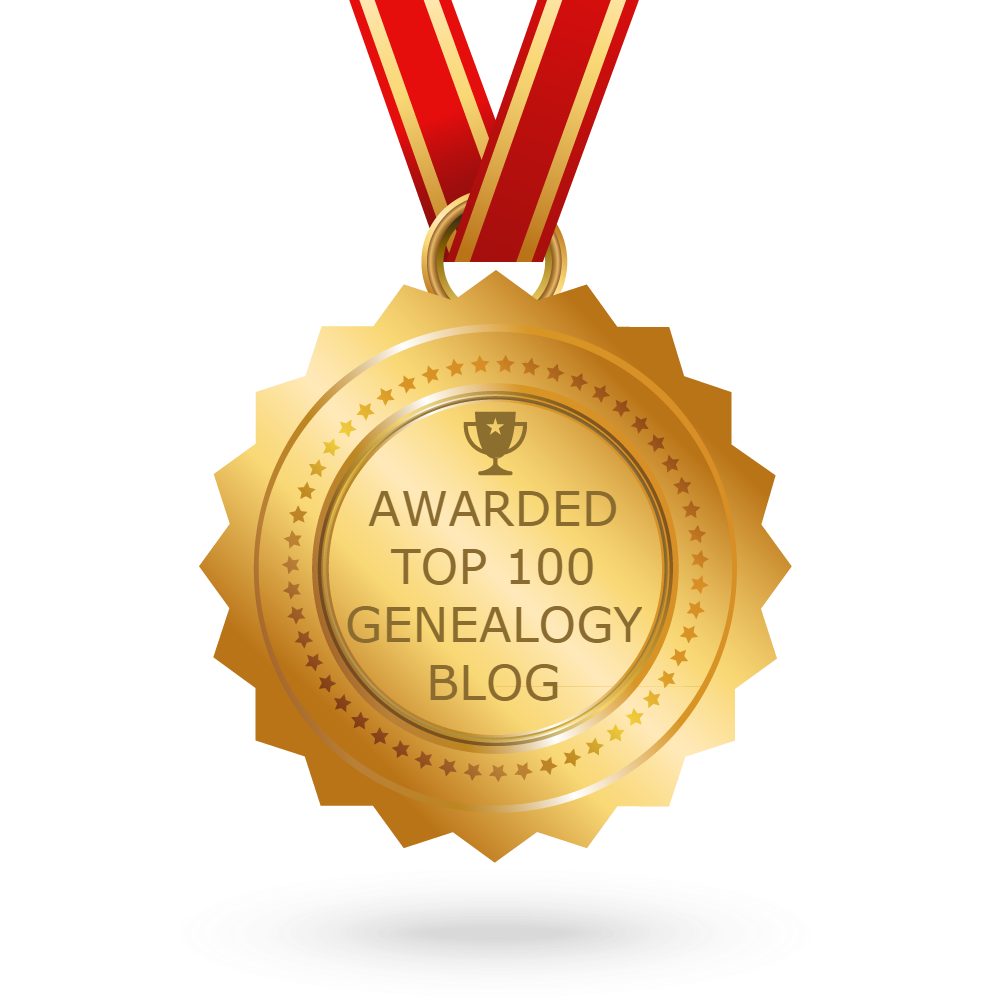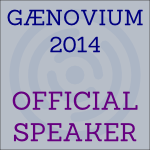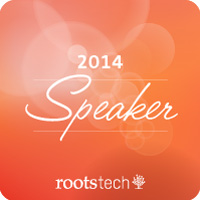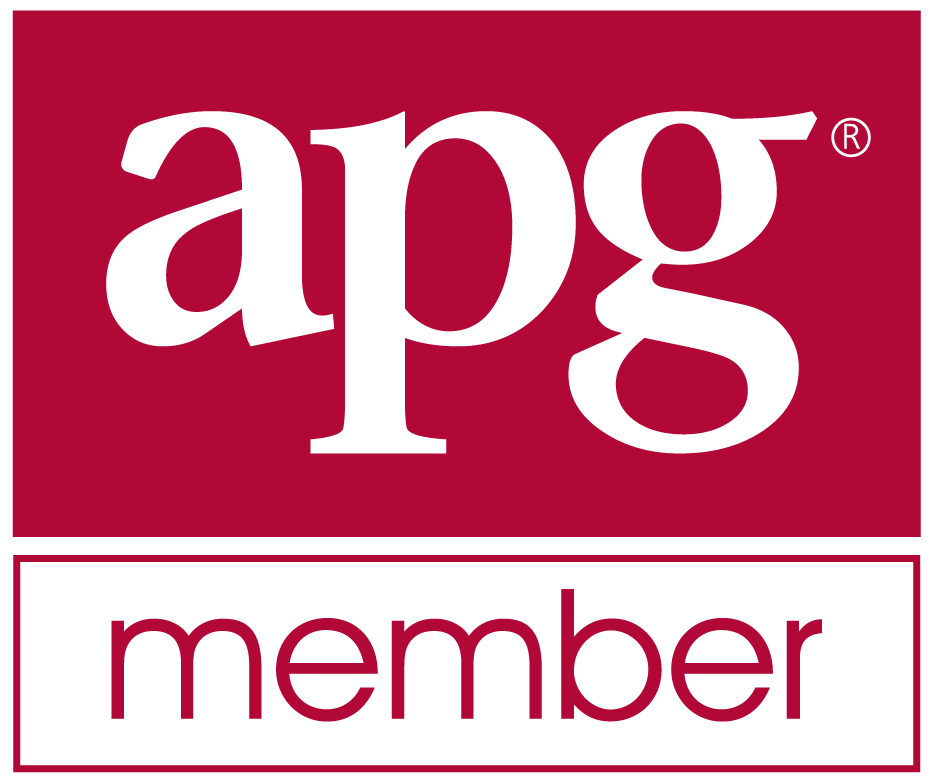I love the word “roadmap” when it refers to a software development plan.
I’ve now updated Behold’s Future Plans page, and you’ll again be seeing me check off the items as I do them and use my little programmer icon to indicate what I’m currently working on.
I have a few items to finish off and then I’ll get out one last alpha release, hopefully this month.
I’ll follow that with my upgrade to Delphi 2009 and attempts to improve how Behold works at its core. I want to limit my time on that and try to get the beta out in January. This is the work that I had earlier planned for version 1.1, but now I’ll be doing it prior to going beta. That will allow the beta testing phase to verify thoroughly that all this new code is working.
One feature I had promised that is being delayed yet again is merging people with the same AFNs (Ancestral File Numbers). While revising the future plans, I realized that this work is best done along with Virtual Merging, so it is now slated for Version 1.5. I apologise yet again, since it is now over two years ago since I said I’d implement it. But it will happen eventually. Thanks Max, for being very patient with this one.
 Leave a Comment
Leave a Comment
This blog title could very well have started an article about genealogy research, but in this case I’m talking about a quick websearch I did to find a fast database package for Behold. In yesterday’s blog post, I mentioned Accuracer by AidAim. They had posted how fast their database was and even gave comparisons with other similar packages to “prove” their point.
I wanted to believe their claims but I thought I’d search the web a bit more to find timings of other packages. I was very surprised to find a post at the Delphi discussion forums where a person asked what database to use, and there were 14 different suggestions. One of the responders had done his own timing comparisons and had found Accuracer to be quite slow compared to several others, which Accuracer had (conveniently) left out of their own comparison page.
The post, plus additional followup web research by me, led me to now be leaning toward DISQLite3, a product based on the Open Source SQLite program, but with enhancements to work in Delphi very quickly, with very small overhead, and with command-based calls - which I like. It is actively under development and will soon have an official Delphi 2009 version, although apparently the current version will work under D2009.
When you’re going to buy a product that you might depend on and spend a lot of time with, you should check out what there is first and what others say about it.
That especially holds true for genealogy software. You’ll spend a lot of time with a program, so don’t buy based on just what they say on the website. Download and try a few programs for yourself and always check what others have to say about it.
My Genealogy Software Reviews site is now a week old, and I’m extremely pleased with the initial response. The Genealogy Guys said “this one is really cool” and “long overdue”. Randy Seaver said “it will be an indispensable web page for genealogy software users”, and Dick Eastman said it “looks like a winner”. Over 180 reviews have been added already, and they are fascinating! People are so different and the opinions can vary greatly. Most people who have used one program for awhile are quite supportive of that program and give it 5 stars across the board.
So if you haven’t done so already, go out to GenSoftReviews and check out all the reviews and please do feel free to add your own reviews.
 Leave a Comment
Leave a Comment
Today I started back at development of Behold. It felt good to tackle some of the issues users found and reported to me over the last few months. I’m going to work on these first, and get another release out in a few weeks with some corrections.
I’ve had a lot of time over the last 8 months of website redevelopment to think about the right way to take Behold forward. The current version of Behold is fairly solid. It can handle almost all flavors of GEDCOM quite well, but is limited to GEDCOMs up to about 50,000 people because of speed and memory. That is a very important issue.
I was planning to do the Beta Testing, then release Version 1, and follow it with version 1.1 to add technology improvements, optimization and Unicode. But if I’m going to spend Beta testing time to test everything and document everything, I should do what I was planning for version 1.1 first.
There are a few things happening here:
- The Unicode version of Delphi, Delphi 2009 just became available, and I’ve now purchased it. It makes sense to upgrade now, and test it thoroughly during Beta testing.
- Virtual Treeview has been updated to work with Delphi 2009, and Virtual Treeview is *very fast*. I should replace the old ElPack treeview with it.
- TRichView has been updated to work with Delphi 2009, but TRichView is the slowest and most memory intensive part of Behold. I’d like to take a stab at seeing if I could replace it with Virtual Treeview as well. I’m not sure if I can get VT to do everything that TRichView does, but the potential gain makes it worth a shot.
- I may be able to make another big memory gain by using a real disk-based database to store the GEDCOM data for processing. This could be like a *fast* GEDCOM storage for Behold. I’ve found the likely database candidate to be Accuracer by AidAim. Their Delphi 2009 compatible version should be available very soon.
If I could get all that in before going to Beta and then to Version 1.0, then there really will only be Saving GEDCOMs to do before getting to the ultimate goal of editing and Version 2.0.
So hold onto your hats. We’re on our way!
 Leave a Comment
Leave a Comment

 Feedspot 100 Best Genealogy Blogs
Feedspot 100 Best Genealogy Blogs





